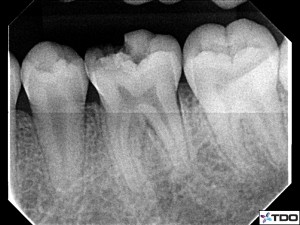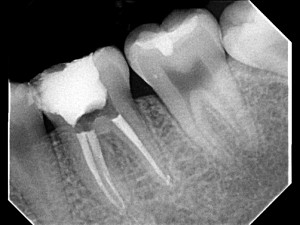One of the most frequent questions I receive is on canal instrumentation. The sequence of instruments used is often the first thing that comes up. It’s no surprise, as it is big business. Every dental magazine you open there is an ad, and every meeting you go to there are courses involving rotary Nickel Titanium files. There is a lot of money to be made selling these files. I don’t think this is necessarily a bad thing. Instrumentation sequences are so individual that a variety of instruments are likely to appeal to different operators.
My objectives in preparing the root canal space are:
- Create a continuously tapered shape to the canal terminus from the junction of the coronal and middle thirds to the terminus.
- Debride and prepare the coronal third only to the extent necessary to gain access to the middle and apical thirds. In other words, as little as possible.
- Control working length throughout the procedure
- Remove hard tissue judiciously to minimize unnecessary dentin removal throughout the length of the canal
- Use hand instrumentation to gather information on canal morphology for final apical sizing
- Minimize instrument separation
I like to use a Gates Glidden in the coronal third of the canal. The only Gates that I use is the #2, as I feel that the larger Gates Gliddens are removing dentin that is better left intact. Usually I will use efficient, nonlanded files for midroot preparation and the slower landed files for apical preparation. Sometimes, as in the following case, it can be completed with one NiTi rotary instrument.
Notice, I said one rotary instrument. Not one file. A number of handfiles were used in this case in conjunction with a Gates Glidden #2 and the single rotary file. I could easily practice without rotary instrumentation, but the same could not be said for my full compliment of hand files.

